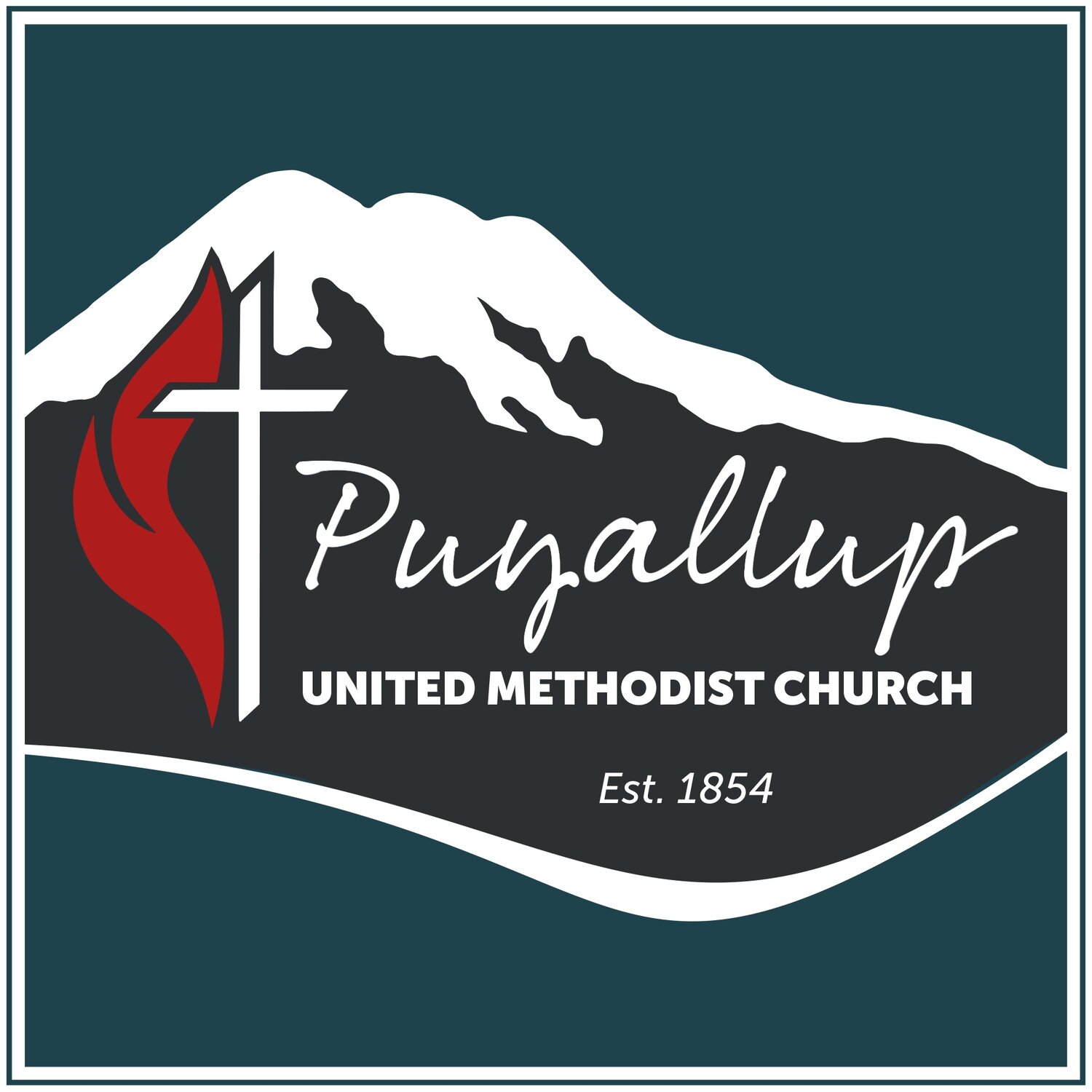Rev. Cara Scriven, Lead Pastor
Each year on this weekend, my parents would rustle up my siblings and I and take us to the cemetery. We would bring with us our large concrete pots filled with plastic flowers and place them on our relatives’ graves. It was not my favorite activity, but I did enjoy hearing the stories my parents would tell us about each person.
On Memorial Day itself, my hometown would celebrate by gathering at one of the oldest cemeteries in town. The mayor and usually a special guest would offer a few words and then one of the high school students would play taps followed by a 21-gun salute. Yet, the most noteworthy speaker was always a local student who would recite the Gettysburg Address from memory.
This became tradition because Memorial Day is rooted in celebrations that occurred in the 1860s following the Civil War. Several local communities had begun to celebrate those who had died, but it wasn’t until 1868 when General John A. Logan called for a national day of remembrance. The 30th of May was designated as the day to decorate the graves of soldiers who had died during the Civil War. This day was called Decoration Day and was first celebrated at Arlington National Cemetery.
As the United States engaged in other wars, Decoration Day came to be known as Memorial Day and we honored all soldiers who gave their lives for our country. The holiday was celebrated on May 30th until 1968 when Congress established the last Monday in May as Memorial Day and a federal holiday.
While Memorial Day is an American holiday and not a religious one, as a church we recognize that many Christian men and women join the military as an act of service. In addition, Jesus reminds us that “No one has greater love than to give up one’s life for one’s friends” (John 15:13). For these reasons, we remember, with gratitude, those who gave their lives in service to our country.
As we honor the dead, we also pray for peace. One of my favorite songs to sing on national holiday weekends, is “This is My Song.” The first and second verses are written by Lloyd Stone and the third verse is written by the first woman ordained in the Methodist Church, Georgia Harkness. The first verse reminds the singer of the beauty of their own nation. The second verse helps us understand that other countries “have sunlight too and clover, And skies are everywhere as blue as mine.” The line that I always remember is sung in each verse slightly differently,
“O hear my song, O God of all the nations, A song of peace for their land and for mine.”
On this weekend, as we honor our dead, I invite you to pray with me for peace for our country and especially for all countries currently engaged in war. May the God of all Nations bring us all peace.


